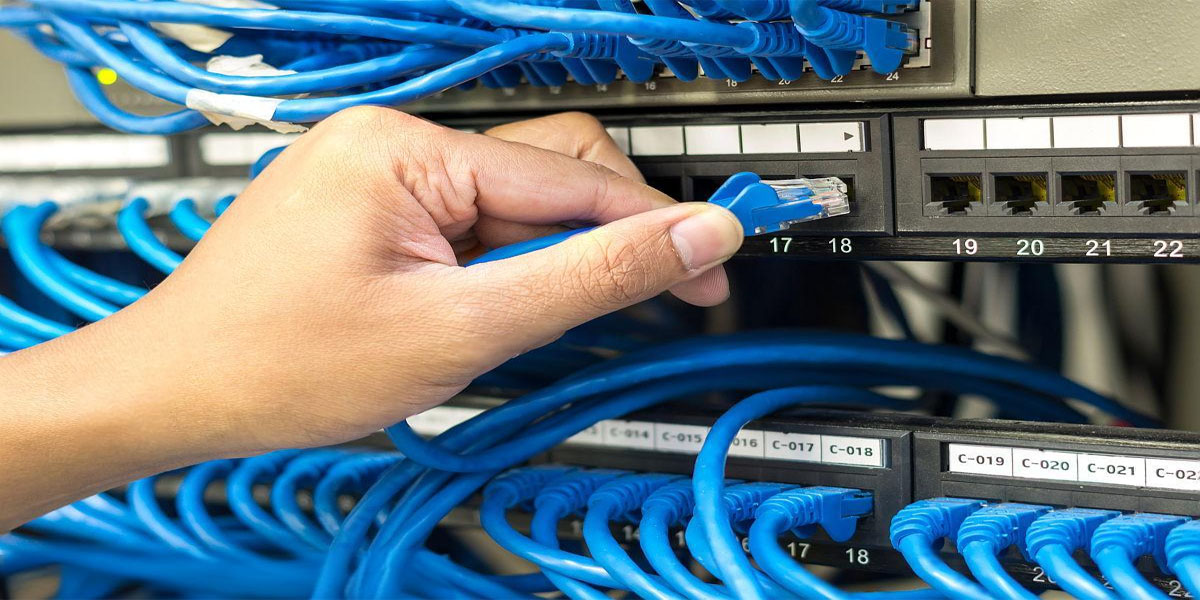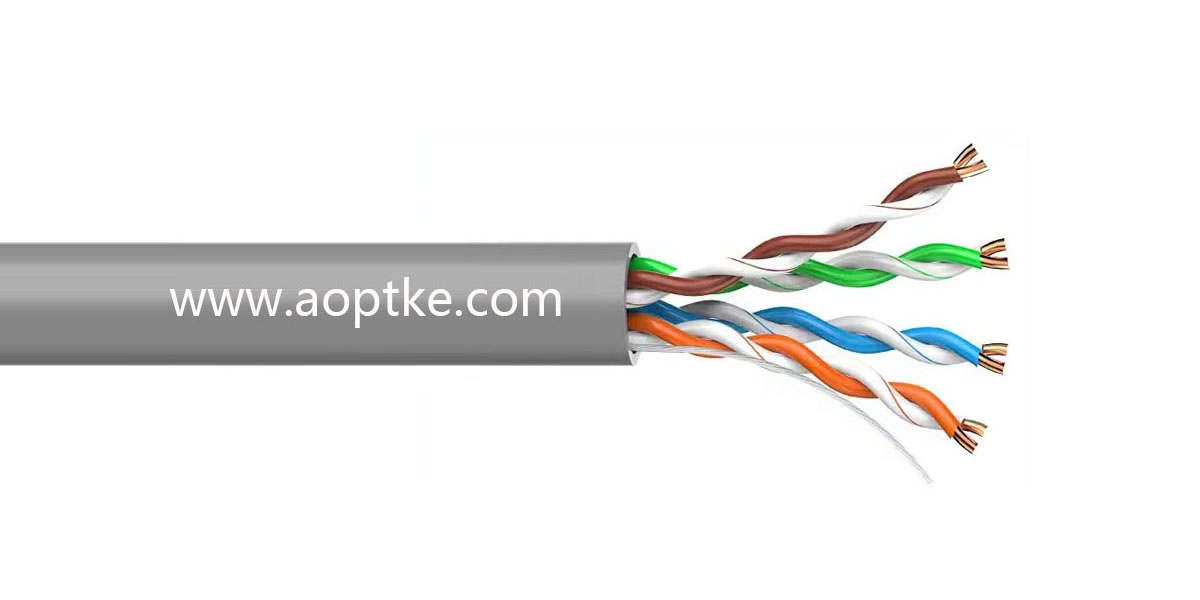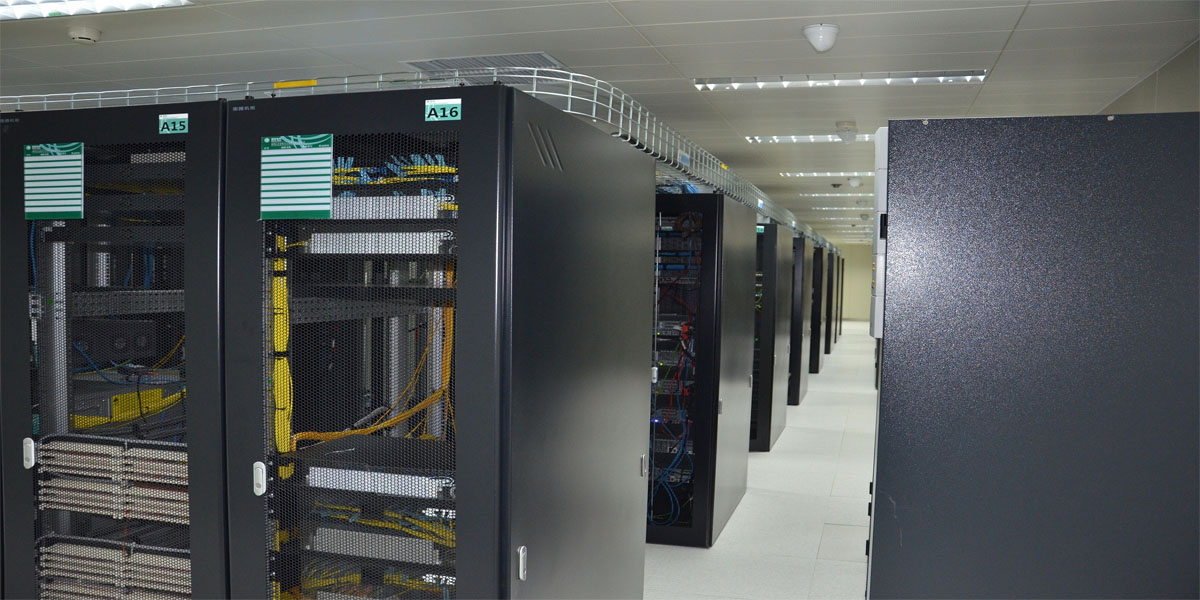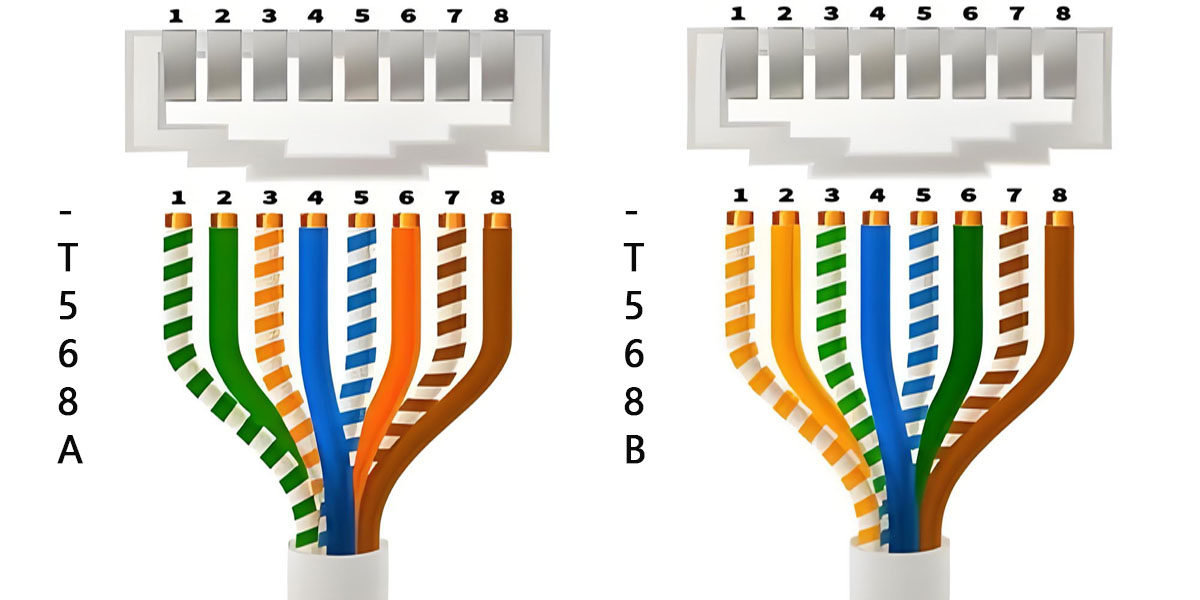Ⅰ. Technical decoding: four core causes.
1.Device compatibility trap.
Laboratory tests found that 38% of the cases were caused by the 10/100Mbps adaptive port limitation of old equipment. Even if high-quality Cat5e network cables are used, if the switch, router or network card only supports the 100M protocol, the system will automatically reduce the speed.

Market sampling shows that 23% of the network cables with Cat5e as the nominal cable actually only use 4-core copper wire (in line with the 100M standard). True Gigabit transmission requires 8-core full-pass, and it is recommended to use a professional cable tester to verify the integrity of the cable sequence.

Cat5e can stably carry Gigabit signals within 55 meters, but the signal attenuation rate increases by 12% for every 10 meters of distance increase. It is recommended to deploy signal repeaters every 50 meters in long-distance wiring scenarios such as industrial plants.

When the humidity in the machine room exceeds 60%, the probability of oxidation of the metal contacts of the crystal head increases by 300%, resulting in a reduction in the effective contact surface. Regular maintenance with electronic contact cleaners can improve transmission stability by 23%.

-Enterprise-level solution-
·Immediately implement the "three inspection policy": check the specifications of the terminal device network port, verify the 8-core connectivity of the network cable, and check for strong electromagnetic interference sources.
·Recommend the deployment of Cat6A shielded cables to cope with complex industrial environments.
·Use professional instruments such as Fluke DSX-8000 for channel certification testing.
If you have any project or technical consultation, we are online 24 hours a day, please feel free to contact us!
Post time: 2025-02-07 13:09:05
